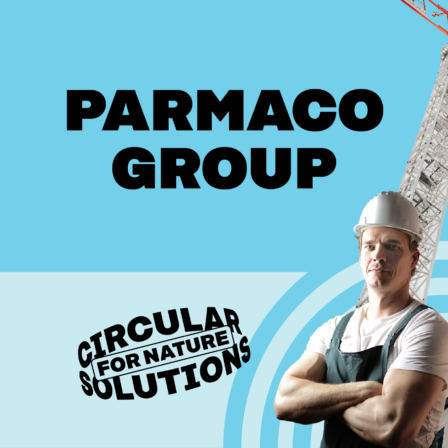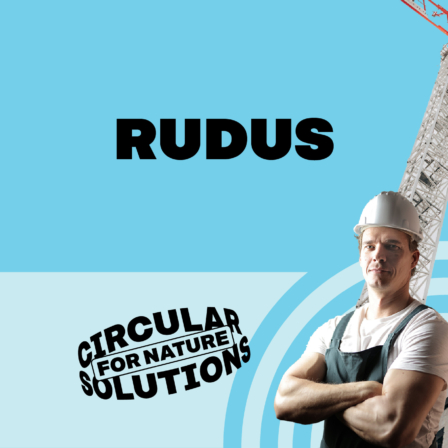Europe’s top 30 companies revealed!
Welcome to our curated selection of Europe’s leading companies that are at the forefront of applying circular economy principles to tackle biodiversity loss. Explore the companies by sector or business model! A first-of-its-kind handbook complements the list with step-by-step guidance to help businesses implement circular business models that combat biodiversity loss while unlocking new business opportunities.
Food and agriculture
Food and agriculture is the sector with the single largest impact on nature, resulting from highly land-intensive processes. Circular solutions reduce the demand for land through the use and valorisation of underused biomass, alternative proteins and other land-efficient substitutes, smarter packaging design and by rebuilding soils and tackling food waste and loss.
Forestry
The forest sector’s impact on nature comes from high resource demand and extractive management practices. Circular solutions can drive regenerative outcomes and reduce pressure on forests, through the use and valorisation of underused biomass, design for long-lasting products and active reuse and recycling of wood fibres.
Fibres and textiles
Fibres and textiles is one of the four sectors with the largest impacts on nature, from land use needed to grow fibres and from greenhouse gas emissions and pollution. Circular solutions can reduce the need for virgin fibres and other commodities by making clothes to last longer, to be used more times and to be recycled into new clothes.
Explore the full list
How were the companies selected?
Companies were sought through an open call for applications. The selection of the 30 companies for the final list was based on criteria assessing their circular business model and economic viability, along with their track record and potential for nature action. The assessment was carried out by experts from Sitra and a consulting partner KPMG.
The following criteria were used in evaluation:
- the business model and economic viability;
- the innovativeness of the solution;
- the size of the underlying problem that needs tackling;
- the mitigation hierarchy and use of existing resources;
- the firm’s targets for nature and resource use;
- the environmental impacts on the value chain.
The list represents the expert panel’s view of what they currently consider to be interesting circular economy solutions for biodiversity.
Take a closer look at the evaluation criteria (pdf).
Where are we now?
The list was published on Monday 15 April 2024 at the World Circular Economy Forum (WCEF2024) in Brussels.
Sitra has also previously compiled examples of interesting circular economy companies. Between 2017 and 2021, Sitra maintained a popular list of The most interesting companies in the circular economy in Finland.
In 2020, Sitra published a list of 39 inspiring circular economy solutions from around the globe as part of WCEFonline.
Read more:
Download the publication: Circular solutions for Nature – Handbook for businesses
Take a closer look at the WCEF2024 programme
Sitra memorandum: Putting nature at the heart of the European Green Deal – Building blocks for the next European Commission

































Buildings and construction
The impacts of the buildings and construction sector on nature stems from the extraction of building materials and the land taken up by buildings. Circular solutions reduce the land use of buildings and their materials, through material-efficient, long-lasting design, active use of buildings and circulation of building materials.
Parmaco Group increases building use by leasing modular buildings
Rudus’s recycled concrete alternative reduces the need for new resources in construction
Rype Office remanufactures used office furniture to an as-new condition
Combi Works’ factory-as-a-service model makes use of underused factory capacity
Triodos Bank’s headquarters harnesses and supports biodiversity